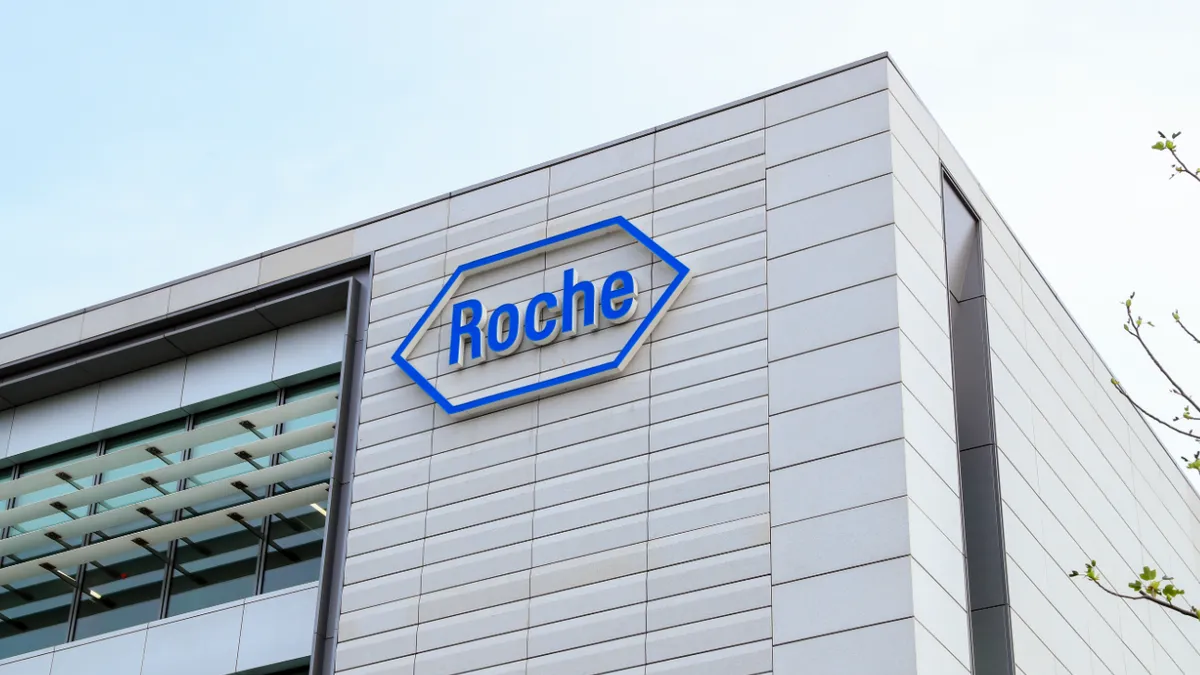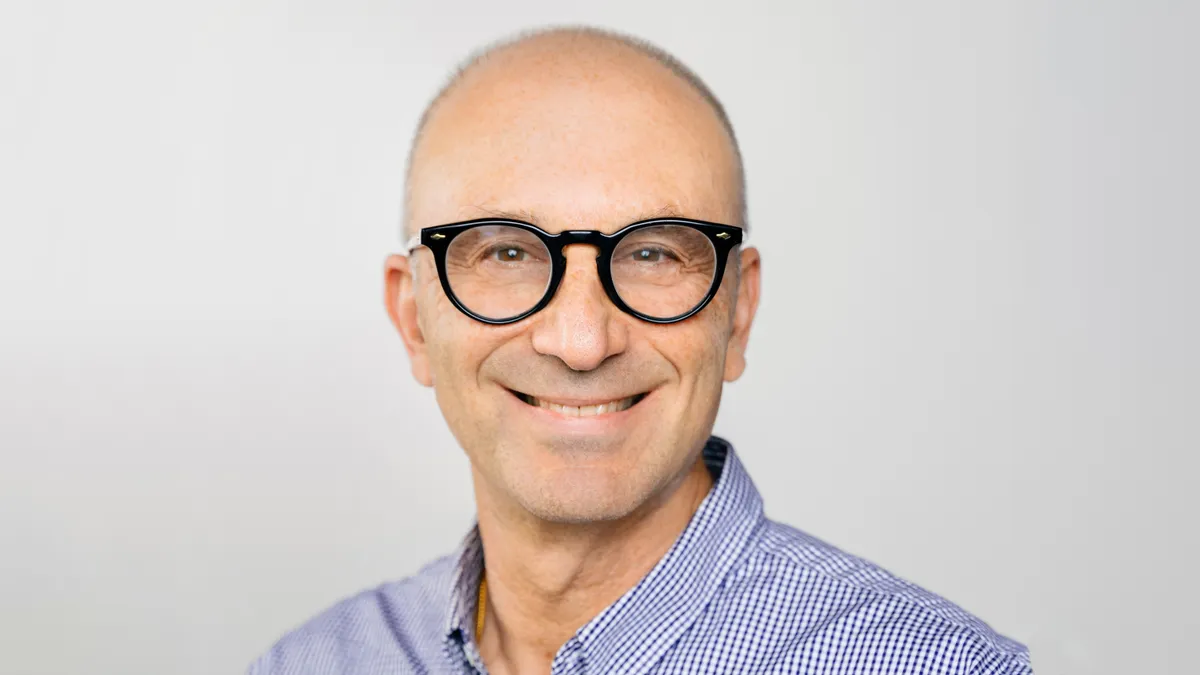When another trial for a Huntington’s disease drug was brought to a halt last spring, the disappointment was profound. This time it was a phase 3 trial of tominersen, an investigational Huntington’s disease (HD) drug that, for many, represented a ray of hope for the devastating disorder. So far, there are no disease-modifying treatments approved for Huntington’s, which causes the progressive destruction of nerve cells in the brain, leading to cognitive, motor and psychiatric changes. Efforts by pharma companies to reverse the rare, genetic condition have all, so far, come up short.
But while the decision, which was prompted by a recommendation from an independent monitoring committee, initially seemed like a death knell for tominersen, it now appears that the investigational drug was down — but not out. Roche, who is developing the drug, announced earlier this year that it is planning a new phase 2 trial of tominersen, this time for a specific subset of the HD population.
Although currently approved treatments for HD only target symptoms of the condition, tominersen is different. The antisense therapy, developed in partnership with Ionis Pharmaceuticals, aims to address Huntington’s underlying cause by reducing the body’s production of huntingtin protein (HTT) — including the mutated variant that destroys brain neurons in people with HD.
Earlier studies of tominersen showed that the investigational molecule was able to lower levels of huntingtin protein as hoped, but the phase 3 trial, called GENERATION-HD1, ultimately failed to improve brain and motor symptoms in patients compared with the placebo. To make matters even more troubling, some patients who took the drug at more frequent intervals experienced worsening cognition and motor function symptoms.
Although the researchers suspended drug dosing, they continued to track safety and clinical outcomes. After reevaluating outcomes from the trial, Roche reemerged with tominersen back in hand, saying that the therapy could benefit younger patients with milder symptoms of the disease.
Here, Peter McColgan, clinical science leader on the tominersen program, talks about the lessons Roche learned from the setback, the goals of this new trial and what it might mean for the HD community.
PharmaVoice: What prompted the decision to begin a new phase II trial of tominersen?
Peter McColgan: Following the decision by the independent data monitoring committee to discontinue dosing in the GENERATION-HD1 trial for tominersen, a post hoc analysis of the data suggested that low-exposure tominersen may benefit younger adult patients with lower disease burden. These findings require confirmation and prompted Roche to design a phase 2 trial that will explore the safety and efficacy of different doses of tominersen in a younger adult patient population with less disease burden.
How will the study population in the new phase 2 trial differ from the Generation-HD1 trial?
Currently, the phase 2 trial is still in the early planning stages and final eligibility criteria have not yet been established. It is likely that only those of a certain age and disease burden criteria will be eligible to participate in the study. An age range of 25 to 50 is under consideration as well as an upper CAP limit of 500. [CAP is a mathematical formula used to assess HD progression.] We realize that this may be disappointing news for some members of the HD community. However, safety is our No. 1 priority.
Were there any lessons learned from the GENERATION-HD1 trial that will be carried forward and used to improve the new phase 2 trial or future trials?
The GENERATION-HD1 trial provided us with a rich dataset in HD that will help to advance our understanding of tominersen and the HTT-lowering approach in the early manifest patient group studied. The design of the trial allowed for a comprehensive battery of assessments to compare treatment arms with placebo. This included clinical, digital clinical, fluid biomarker and imaging measures at various time points for an extended period.
The low exposure range for tominersen — in which there were signs of potential favorable outcomes in one arm — will be used to define new doses in the new study. Clinical endpoint selection and sample size and powering assumptions for the new phase 2 and/or future studies will be informed by the progression rates in the placebo arm of the GENERATION-HD1 study. These were slower than those predicted using the rich natural history data set available through ENROLL [a separate observational study of Huntington’s families]. This disparity may reflect the high expectations and a potential ‘placebo’ effect in the GENERATION-HD1 study.
Additionally, we learned valuable lessons on the application of the novel digital monitoring platform collecting data via smartphones.
For example, digital assessments as part of the Roche HD Digital Monitoring Platform (dMP) have been used across the tominersen program and beyond (Digital HD) to capture disease progression. The dMP has good cross-sectional validity and is able to capture disease progression longitudinally.
At the recent CHDI 2022, we presented some preliminary results based on active digital tasks for the tominersen program (pre-specified features). We observed differential dropouts across the treatment arms, whereby patients who stopped collecting digital data seemed to have, on average, worse disease progression than those who continued collecting digital data. Differential dropout (i.e. differences in adherence across arms) in the tominersen GENERATION HD1 study means data are not missing at random which prevents us from drawing meaningful conclusions comparing treatment arms for efficacy.
The dMP can be deployed in a global study at scale, and many operational lessons will be applied in future studies to optimize use. We are continuing to analyze the data and will specifically test hypotheses for the cause of the differential dropouts based on data, as well as investigator and patient feedback, and will adjust future data collections accordingly. We are further evaluating statistical approaches to account for the differential dropouts to enable characterizing drug efficacy and will share additional data at a future scientific conference.
Overall, how would you describe what this drug means for Roche, for Huntington's patients and potentially for the greater pipeline of HD treatments?
We are very grateful for the commitment of study participants, their families, investigators and staff at trial sites. Their continuous partnership has led to important scientific insights and a new scientific hypothesis that warrants testing in a new clinical study. It’s important to explore to identify a potential for tominersen to treat a subset of patients and to address, at least partially, the unmet need for this disease. It also provides the opportunity to deepen the scientific understanding around HTT lowering approaches and HD, knowledge that will benefit the community as a whole
Does Roche have any other disease-modifying Huntington’s drugs in the pipeline?
Spark Therapeutics, a member of the Roche Group, is developing an investigational gene therapy for the treatment of HD. Roche believes in having a multitude of modalities to tackle hard-to-treat diseases and is dedicated to doing what’s best for patients. We are actively involved in HD research and we always strive to have access to multiple modalities to optimize patient care. We remain committed to HD research efforts.



















